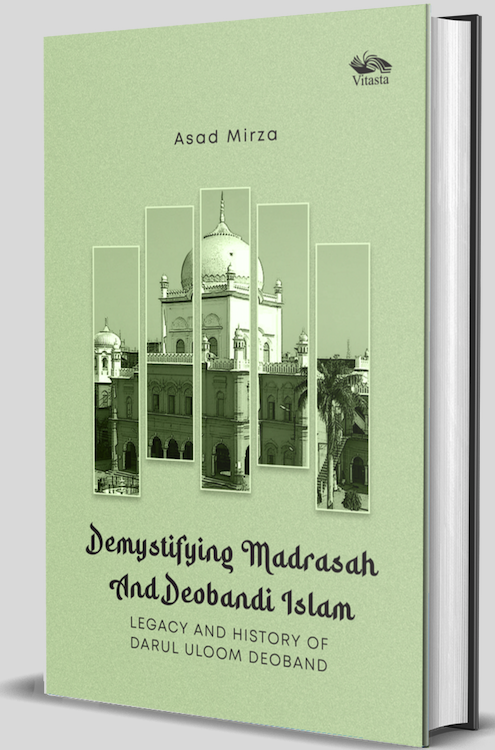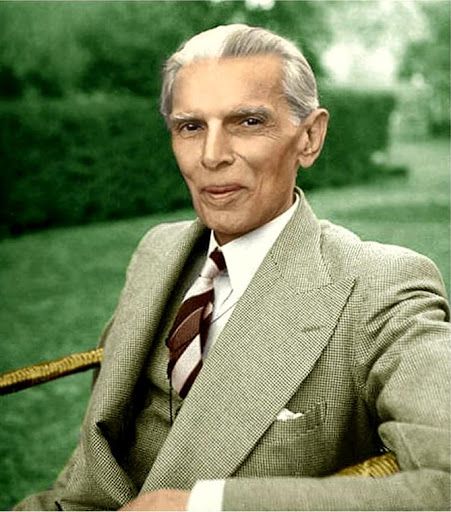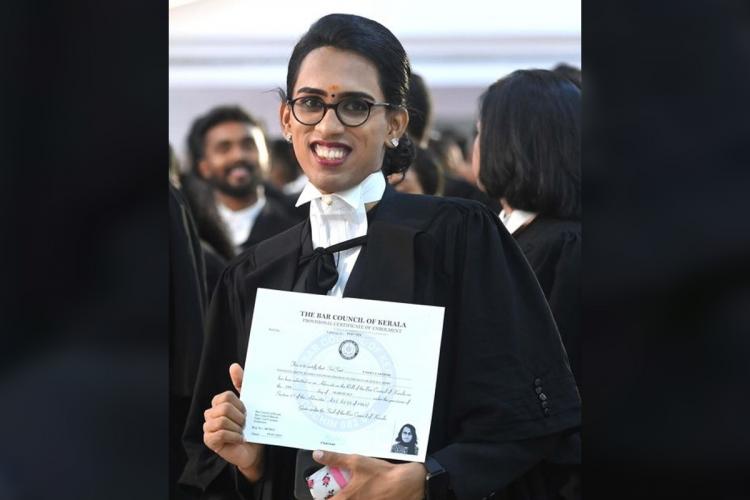 (‘Note-Bandi: Demonetisation and India’s Elusive Chase for Black Money’ is an upcoming book from Oxford University Press dedicated to the “memory of Indian citizens who lost their lives due to demonetisation”). Excerpts from a chapter.
(‘Note-Bandi: Demonetisation and India’s Elusive Chase for Black Money’ is an upcoming book from Oxford University Press dedicated to the “memory of Indian citizens who lost their lives due to demonetisation”). Excerpts from a chapter.
By R. Ramakumar,
The litmus test for the success of any demonetisation is the amount of cash that does not return to the banking system. For long, economists and observers were intrigued by the refusal of the RBI to share data on SBNs (Specified Bank Notes) returned to banks after December 10, 2016.
Information on SBNs returned was important because any amount not returned to the banking system was supposed to be ‘black money’, which could be ‘extinguished’ by the RBI… Consequently, the RBI could pass over an equivalent amount to the government, which in turn could spend it for welfare purposes.
The government’s expectations were shared by the Attorney-General of India, Mukul Rohatgi, with the Supreme Court. According to Rohatgi, the government did not expect more than Rs 12 lakh crore to be returned to the banks, which implied that about Rs 3 lakh crore worth of ‘black money’ was to be extinguished and passed over to the government.
As demonetisation proceeded, these hopes stood belied. To begin with, (RBI Governor Urjit) Patel was forced to clarify on December 7, 2016, that “the withdrawal of legal tender characteristic status does not extinguish any of the RBI balance sheets … They are still the liability of the RBI”.
On December 8, Revenue Secretary Hasmukh Adhia told journalists that “the expectation is that the entire money which is in circulation has to come to the banking channel”. In other words, the pace at which SBNs were being returned to the banking system had convinced the government that there would be no currency left to extinguish. By December 10, Rs 12.44 lakh crore worth SBNs had already returned to the banking system.
The government staunchly refused to share any figure on SBNs returned after December 10. Instead, it attempted to obfuscate facts and confuse the public with convoluted stories of ‘double counting’. On December 15, (Economic Affairs Secretary Shaktikanta) Das told the media that data on SBNs returned were being withheld because the RBI suspected ‘double counting’ of currency notes.
Das’ statement was soon shown to be wrong.
There were two ways in which returned SBNs could be counted. One, through the simple addition of the cash position of individual banks with respect to the SBNs returned. There could be double-counting here, as banks without currency chests may have deposited cash with banks that had currency chests.
Two, directly from the currency chests, in which case there was no scope for double-counting. (Deputy Governor of RBI Usha) Thorat, in an interview, pointed out that “there is no question of double counting… RBI only looks at the currency chest data”.
In an interview with the Economic Times, Rajnish Kumar, the Managing Director of the SBI, further clarified this in no uncertain terms: …currency chest position is the correct position, there cannot be any flaw in that … double counting can only happen if the individual banks and post offices are reporting the deposit position … but [in] currency chest reporting which is done every day and which is an automated process, the possibility of any discrepancy does not exist … If the Reserve Bank has given the number based on the currency chest position, then there should be no discrepancy. But if the data is given on the basis of daily reports of deposits being given by the bank, then there is a possibility of some double counting.
In its regular media briefings, the RBI was indeed providing SBN data from currency chests and not by adding the cash positions of individual banks. The RBI’s Deputy Governor R. Gandhi told the media on December 13, 2016, that “specified bank notes of Rs 500 and Rs 1,000 returned to the RBI and currency chests amounted to Rs 12.44 lakh crore as on December 10, 2016 “.
Yet, the RBI was to state on January 5, 2017, that “figures [on SBN] would need to be reconciled with the physical cash balances to eliminate accounting errors/possible double counts”. The effort, clearly, was to hide.
It was only in August 2017 that the RBI, ultimately, released the final figures of the SBNs returned. According to the RBI’s Annual Report for 2016-17, out of the Rs 15.44 lakh crore worth of currency in circulation as on November 8, 2016, Rs 15.3 lakh crore had returned to the banking system as on June 30, 2017. In other words, 98.96 per cent of the SBNs was back in the banking system and only 1.04 per cent of the SBNs remained outside.
The verdict was finally out: As most critics predicted, demonetisation had failed to extinguish any amount of money that could be alleged as ‘black’.
(R. Ramakumar is Dean, Centre for Study of Developing Economies, School of Development Studies, Tata Institute of Social Sciences, Mumbai. He can be reached at ramakumarr@gmail.com)
—IANS





0 Comments